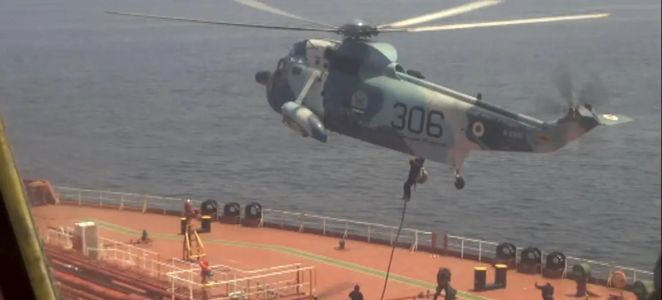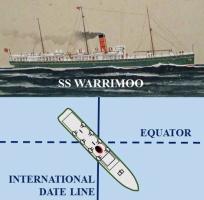 An updated repost — a look back at the twin miracles on the Hudson from fifteen years ago today. On January 15, 2009, US Airways Flight 1549 lost all engine power after striking a flock of birds shortly after takeoff from LaGuardia Airport and was forced to make an emergency water landing in the Hudson River. If the plane’s pilots, Captain Chesley “Sulley” Sullenberger and First Officer Jeffrey Skiles had not glided the plane in at exactly the right angle and airspeed, it is likely that the plane would have broken apart and that all the 155 passengers and crew aboard could have died.
An updated repost — a look back at the twin miracles on the Hudson from fifteen years ago today. On January 15, 2009, US Airways Flight 1549 lost all engine power after striking a flock of birds shortly after takeoff from LaGuardia Airport and was forced to make an emergency water landing in the Hudson River. If the plane’s pilots, Captain Chesley “Sulley” Sullenberger and First Officer Jeffrey Skiles had not glided the plane in at exactly the right angle and airspeed, it is likely that the plane would have broken apart and that all the 155 passengers and crew aboard could have died.
The landing is often called the “Miracle on the Hudson.” There was, however, a second miracle on the Hudson that day. Remarkably, New York harbor commuter ferries began arriving at the flooding plane less than four minutes after the crash. Had it not been for the ferries’ rapid rescue of the passengers from the icy waters, the “miracle” might have ended as a tragedy.




 The
The 
 Toward the end of December, the US Navy’s
Toward the end of December, the US Navy’s 
 This year, the US and Royal navies have fallen short of meeting their recruiting goals, leaving both navies with more ships’ billets than they have personnel to fill them.
This year, the US and Royal navies have fallen short of meeting their recruiting goals, leaving both navies with more ships’ billets than they have personnel to fill them. Way back in 2015, we posted –
Way back in 2015, we posted –  We recently
We recently  The State of Hawaii is moving closer to removing the historic four-masted iron-hulled ship
The State of Hawaii is moving closer to removing the historic four-masted iron-hulled ship  Here is a repost of wonderful sea story suitable for New Year’s Day. It also appears to be more or less true.
Here is a repost of wonderful sea story suitable for New Year’s Day. It also appears to be more or less true.  On Sunday morning, Dec. 31, at 6:30am (local time) the container ship
On Sunday morning, Dec. 31, at 6:30am (local time) the container ship 
 The
The  Today, the Ukrainian Air Force said that it had destroyed the
Today, the Ukrainian Air Force said that it had destroyed the  Merry Christmas! Here is a composite image and video of NGC 2264, also known as the “
Merry Christmas! Here is a composite image and video of NGC 2264, also known as the “
